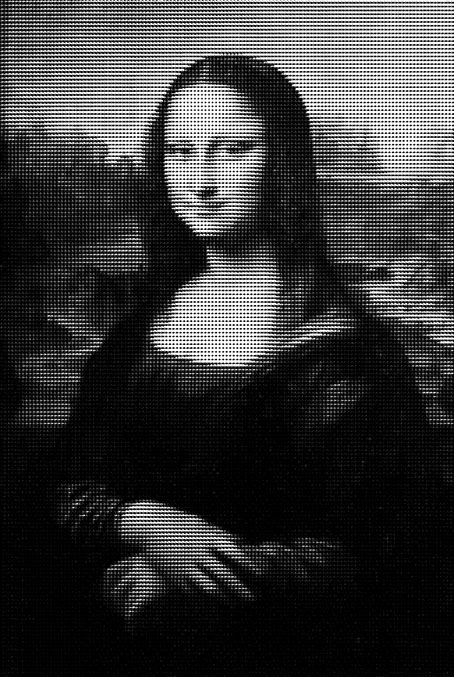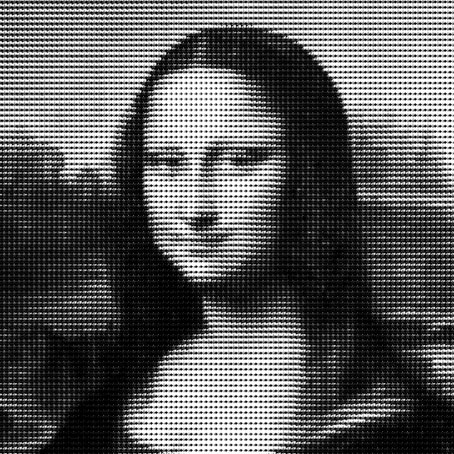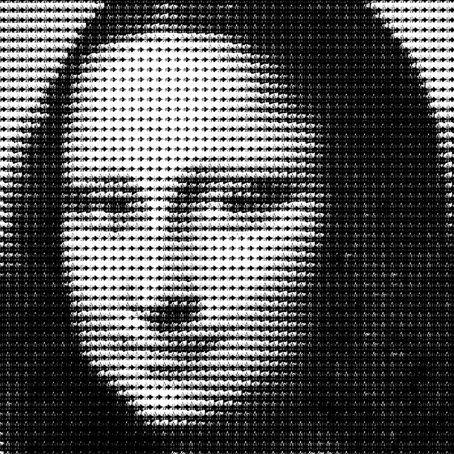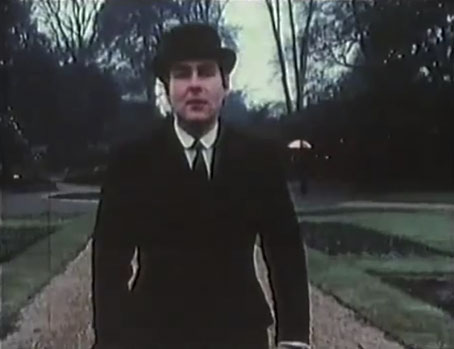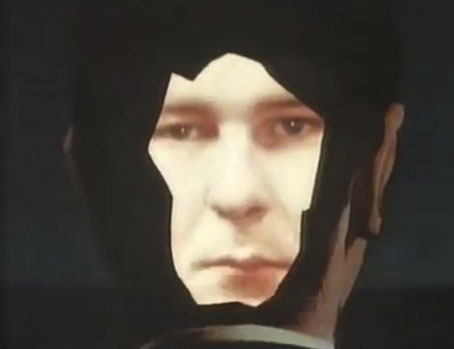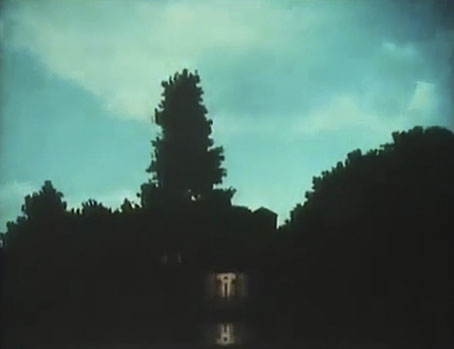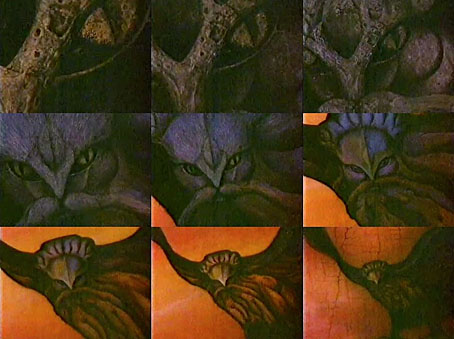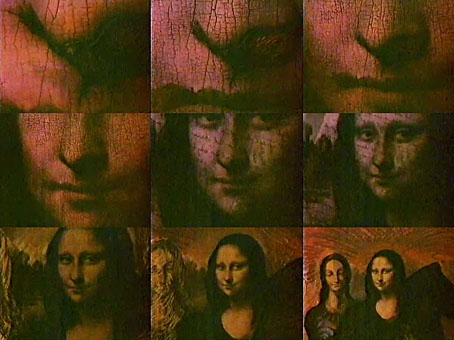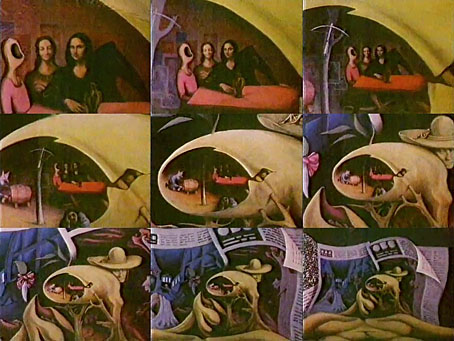There’s more Surrealism inside this 34-minute collection of films by Lejf Marcussen (1936–2013), a Danish film-maker and animator whose filmography has never been easy to explore on the internet. Marcussen made an impression on a number of Britons in the late 1980s when The Public Voice was shown on TV, one of many such films broadcast during a time when British television channels still dared to screen unusual animations. I’ve written about The Public Voice before so there’s no need to repeat myself, it was a search for a better copy that led me to this compilation of four Marcussen films—The Conductor (1978), Tone Traces (1983), The Public Voice (1988), and Angeli (2002)—all of which differ so much from each other they could easily be taken for the works of four different directors.
The Conductor is the one closest to traditional animation, being a comic portrait of an orchestral conductor’s wildy exaggerated actions and facial reactions during the performance of a piece of music. It’s music that turns out to be the dominant theme in this collection, and the sole consistent element.
Where The Conductor is overtly comedic and grotesque, Tone Traces is completely abstract, an illustration of Carl Nielsen’s Symphony No. 5 whose unfolding is depicted by coloured lines on a black background. Marcussen’s approach differs from earlier musical illustrators like Oskar Fischinger in restricting his shapes to lines that follow the instrumentation and composition in great detail.
This version of The Public Voice is another one taped from a TV broadcast, it’s not necessarily better than any of the others but it does at least keep Marcussen’s remarkable film circulating. The music this time is a chaotic amalgam of pieces by Luciano Berio, Henry Cow and Gustav Mahler.
Angeli was Marcussen’s final film, another remarkable piece of work although it’s not one I like very much. Watching computerised shapes jump around in a jaunty manner isn’t how I prefer to spend my time, and the score for this one is chaos of a different kind, a collision of digital keyboard pieces with the superior music of Handel, Dvorak and Beethoven. Watch the second and third films in this set if you do nothing else.
Previously on { feuilleton }
• A Picture, a film by Lejf Marcussen
• The Public Voice by Lejf Marcussen






